| |
|
|
Botanical Name |
: |
Viola odorata L. |
English
Name |
: |
Sweet or Wild Violet |
Synonym(s) |
: |
Viola suavis, Beib. Viola imberbis, Leighton. Viola alba, Besser. |
Family |
: |
Violaceae |
| |
General Info
| Description |
 |
|
The leaves are heart-shaped, slightly downy, especially beneath, on stalks rising alternately from a creeping rhizome or underground stem, the blades of the young leaves rolled up from each side into the middle on the face of the leaf into two tight coils. The flower-stalks arise from the axils of the leaves and bear single flowers, with a pair of scaly bracts placed a little above the middle of the stalk. The flowers are generally deep purple, giving their name to the colour that is called after them, but lilac, pale rose-coloured or white variations are also frequent, and all these tints may sometimes be discovered in different plants growing on the same bank. They bear five sepals extended at their bases, and five unequal petals, the lower one lengthened into a hollow spur beneath and the lateral petals with a hairy centre line. The anthers are united into a tube round the three-celled capsule, the two lower ones furnished with spurs which are enclosed within the spur of the corolla. |
| Herb Effects |
 |
|
Hypotensive (root); emetic (root and seed); laxative (flower. root and seed); diaphoretic, expectorant, antipyretic and diuretic. |
Chemistry
| Active Ingredients |
 |
|
Beta-ionone, eugenol, rutin, violin (flower); friedeline and beta-sitosterol (leaf); odoratine and saponins (root); beta-sitosterol, ferulic acid, kaempferol, quercetin, scopoletin (plant) |
| Chemistry
of Active Ingredients |
 |
|
|
 |
Name |
CAS# |
IUPAC Name |
Formula |
Structure |
 |
|
| beta-Ionone |
14901-07-6 |
4-(2,6,6-trimethyl-1
-cyclohexenyl)but-3-
en-2-one |
C13H20O |
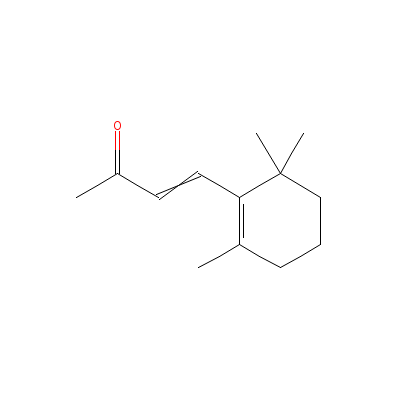
|
| Eugenol |
97-53-0 |
2-methoxy-4-prop-2-e
nyl-phenol |
C10H12O2 |
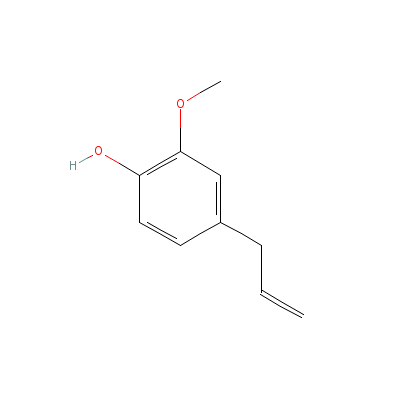
|
| Rutin |
Not Available |
2-(3,4-dihydroxyphen
yl)-4,5-dihydroxy-3-
[3,4,5-trihydroxy-6-
[(3,4,5-tr
ihydroxy
-6-methyl-tetrahydro
pyran-2-yl)oxymethyl
]tetrahydropyran-2-y
l]
oxy-chromen-7-on
e trihydrate |
C27H36O19 |
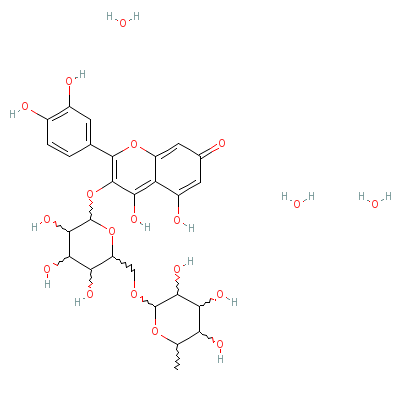
|
| Friedeline |
559-74-0 |
4,4a,6a,6b,8a,11,11,
14a-octamethyl-2,4,5
,6,6a,7,8,9,10,12,12
a,13,14,14
b-tetrad
ecahydro-1H-picen-3-
one |
C30H50O |
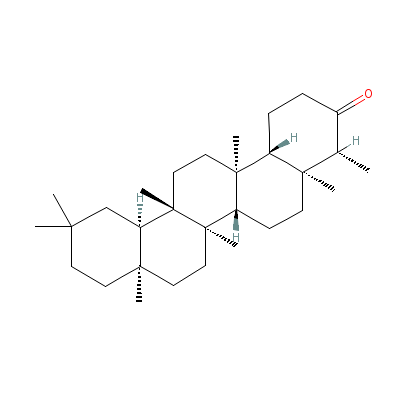
|
| beta-Sitosterol |
5779-62-4 |
17-(5-ethyl-6-methyl
-heptan-2-yl)-10,13-
dimethyl-2,3,4,7,8,9
,11,12,14,
15,16,17
-dodecahydro-1H-cycl
openta[a]phenanthren
-3-ol |
C29H50O |
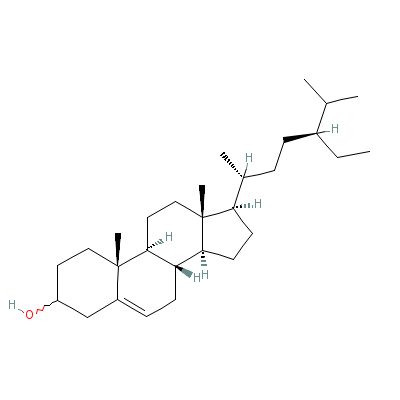
|
| Odoratine |
826-36-8 |
2,2,6,6-tetramethylp
iperidin-4-one |
C9H17NO |
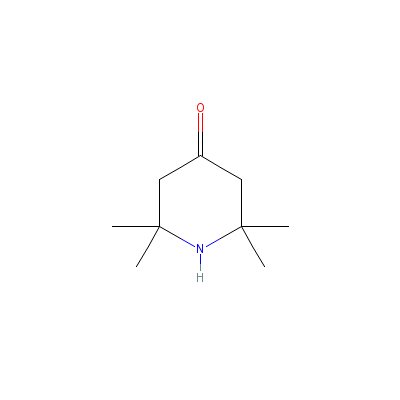
|
| Ferulic acid |
24276-84-4 |
3-(4-hydroxy-3-metho
xy-phenyl)prop-2-eno
ic acid |
C10H10O4 |
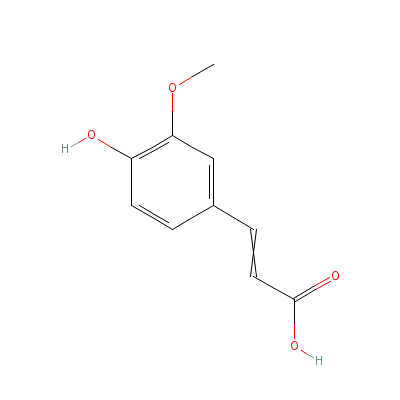
|
| Kaempferol |
80714-53-0 |
3-[3-[4,5-dihydroxy-
6-(hydroxymethyl)-3-
[3,4,5-trihydroxy-6-
(hydroxyme
thyl)oxa
n-2-yl]oxy-oxan-2-yl
]oxy-4,5-dihydroxy-6
-(hydroxymethyl)oxan
-2
-yl]oxy-4,5-dihy
droxy-2-(4-hydroxyph
enyl)-chromen-7-one |
C33H40O21 |
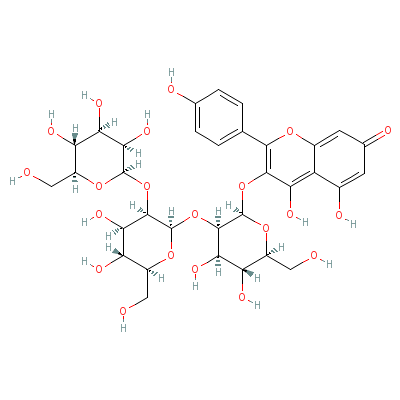
|
| Quercetin |
Not Available |
2-(3,4-dihydroxyphen
yl)-3,4,5-trihydroxy
-chromen-7-one |
C15H10O7 |
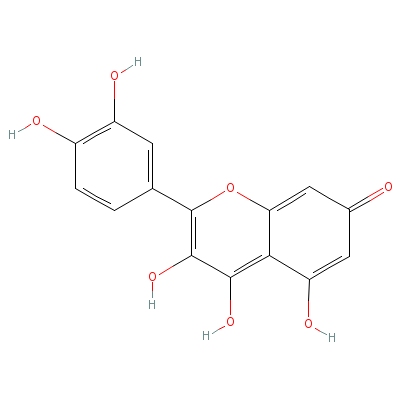
|
| Scopoletin |
92-61-5 |
2-hydroxy-6-methoxy-
chromen-7-one |
C10H8O4 |
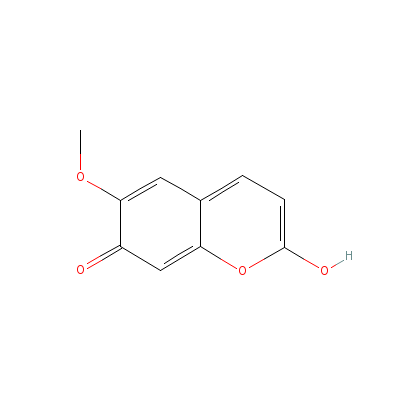
|
|
Pharmacology
| Medicinal Use |
 |
|
For abdominal pain (oil); in asthma, bronchitis, sore throat and malaria (plant); as an emetic (root and seed); in kidney stones, as a diaphoretic, expectorant, antipyretic and diuretic; also used as a laxative (flower, root and seed). Violet flowers possess slightly laxative properties. Syrup of Violets is also employed as a laxative, and as a coloring agent and flavouring in other neutral or acid medicines. The flowers have undoubted expectorant qualities. The fresh flowers are also added to salads; have a laxative effect. |
| Reference |
 |
|
 Chandel et al., Biodiversity in Medicinal and Aromatic Plants in India. Chandel et al., Biodiversity in Medicinal and Aromatic Plants in India.
Bentley and Trimen, Medicinal Plants.
The Himalaya Drug Company.
Stary, The Natural Guide to Medicinal Herbs and Plants. |
Dealers
Products
|
|